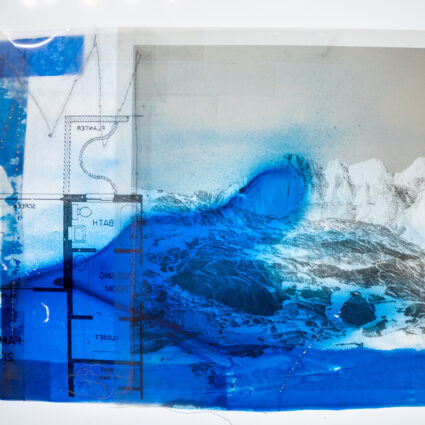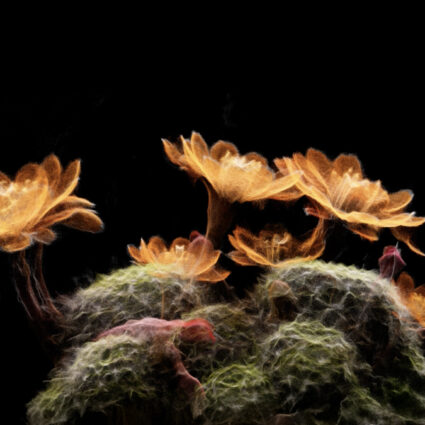Cybele Lyle attempts, in confounding and curious ways, to queer desert landscapes in her current installation Cybele Lyle: Floating Seeds Make Deep Forms.

Cybele Lyle: Floating Seeds Make Deep Forms
August 24, 2024–February 2, 2025
Scottsdale Museum of Contemporary Art
To queer a landscape “is to insist upon alternatives to traditional ideas of gender and sexuality,” writes The Nature Conservancy. “For many in environmental spaces, this use of queer inspires a reimagining of our relationship to the natural world and urges us to take a critical lens to both what we know, and how we know, what we know.” In other words, queering, in theory and technique, challenges heteronormativity. And in queering a landscape—especially a desert in the Southwest, considered through a traditional colonialist lens to be an empty or non-place, yet wild and in need of taming—binaries are erased, historically white- and male-dominated practices are upended, and spaces are reinterpreted. Which is what Cybele Lyle attempts, in confounding and curious ways, in her current installation Floating Seeds Make Deep Forms at the Scottsdale Museum of Contemporary Art, on view through February 2, 2025.
Floating Seeds Make Deep Forms is a site-specific installation that “reimagines deserts of North America as liminal expanses,” according to the SMoCA website, and also uses architectural forms to examine queer interior and outside spaces. Lyle’s exhibition is part of SMoCA’s Architecture + Art series of “projects by individuals whose work explores and challenges the boundaries between architecture and art.” As such, the installation includes a series of rooms or “portals” constructed of wood wall panels in various configurations with large window and door openings that frame or obscure the other artwork in the show. That artwork includes archival inkjet prints of desert scenes (yucca in bloom, palo verde trees) overlaid with transparent yellow or orange swatches, and large fabric assemblages.
The fabric constructions, hung on the walls and placed on the floors, combine patterned-cloth remnants with distorted printed images of desert stone, and swatches of fuchsia, orange, and red fabric—often with the edges left raw. Each room also includes a chair: no two alike, some more comfortable than others. Also included in the exhibition are what Lyle calls her “desert lean-tos,” slender pieces of wood, of varying widths, reaching from the floor to an upper wall (two pieces, linked together) and painted bright colors. What kind of wall is this? A temporary, liminal, ineffective one, in that it provides no shelter, no shade; instead, it provokes inquiry.
Lyle, a queer artist based in California, writes on her website that, “I use art to queer the places around me,” using a camera to shoot her surroundings, transforming the photos using a variety of materials and tools, from paint to printmaking to collage. The resulting work, she says, exists in a liminal category between structure, photography, textiles, and represented nature. Her “constructed architectures,” she adds, “invert interior and exterior and the relationship between two- and three-dimensional space.” They certainly do.
Only in her video, Walking from the Inside Out (2024), in which dried seed heads and grasses wave in the breeze, does Lyle convey a sense of the show’s title. In the exhibition’s didactic panel, curator Lauren R. O’Connell refers to seeds as vessels for life’s potential, as well as “architects of their own making.” Floating seeds, she adds, also exist in places where landscape and architecture intersect, thereby revealing the nature of their own culture. Such “re-worlding,” she continues, refutes binaries to speculate on new, queer futures.
It’s an exhibition that surprises, one definitely free of binaries and expectations. Moreover, Lyle’s work reflects an interiority, and a deeply personal interpretation of desert spaces and built structures, informed by a singularly queer perspective on landscape and artmaking.
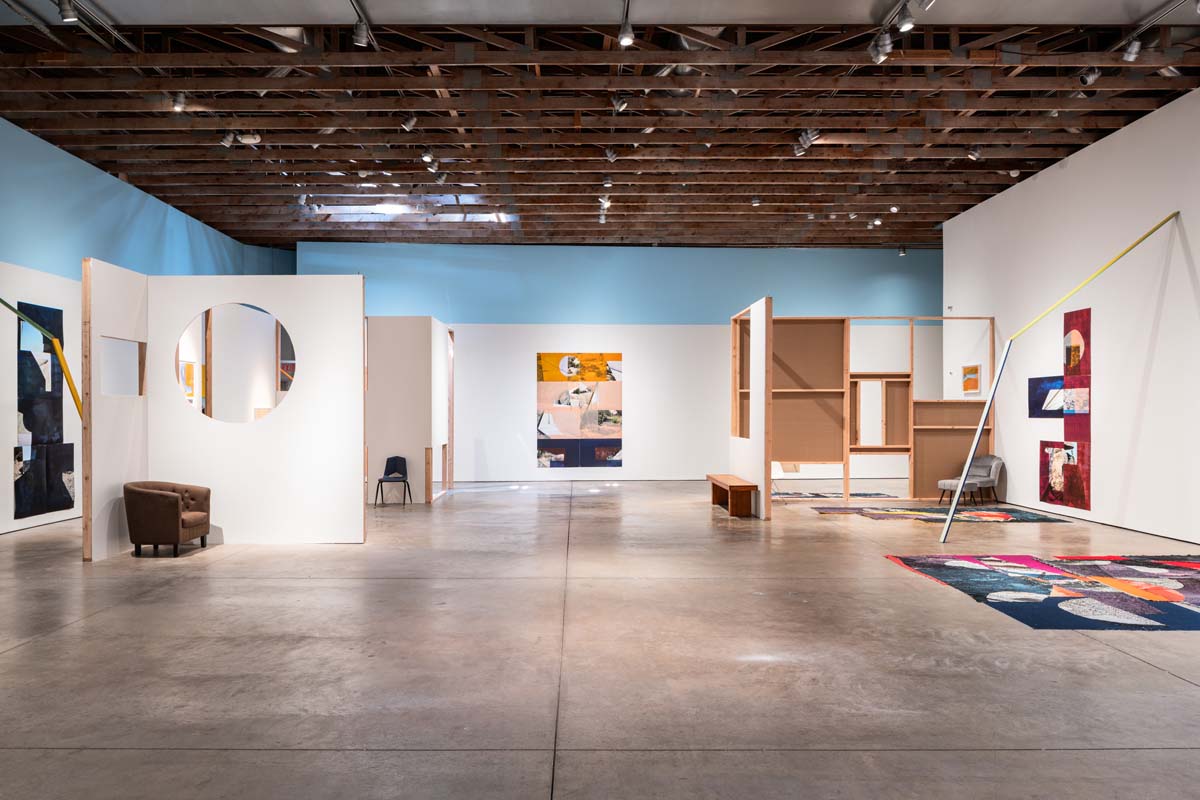

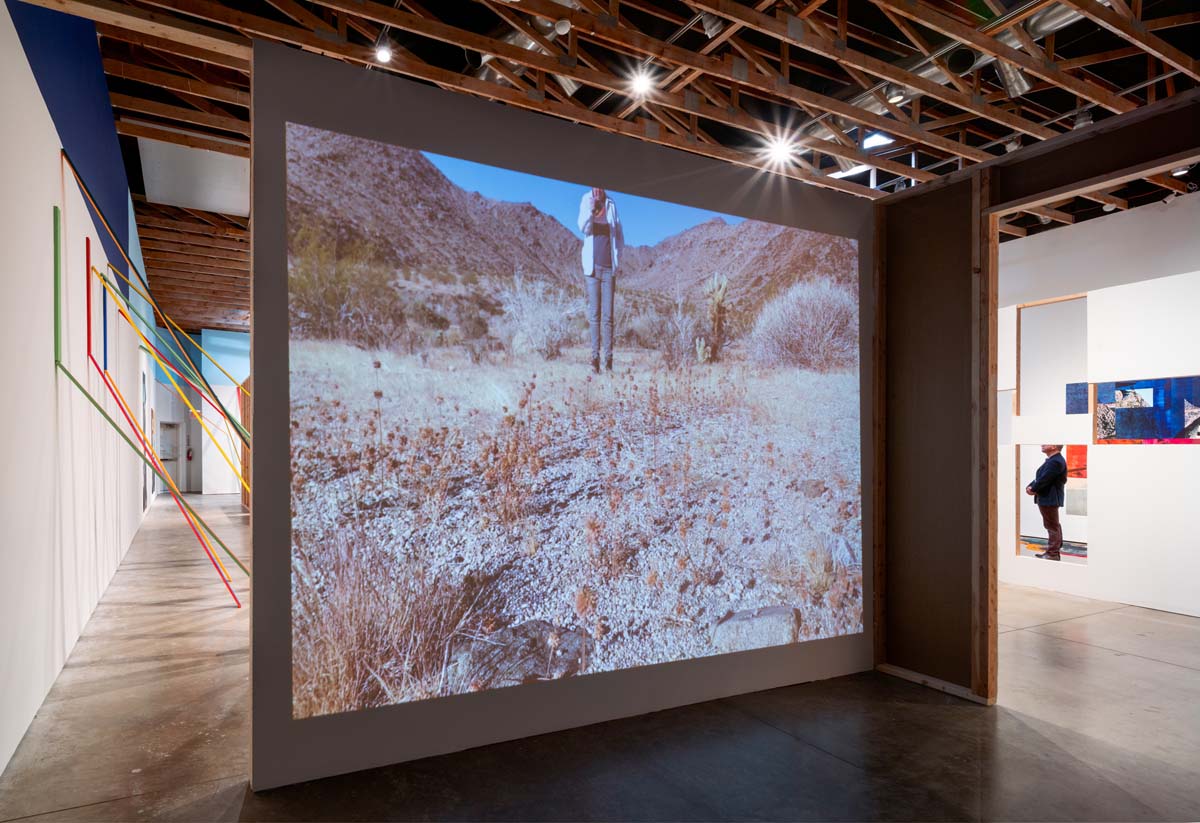
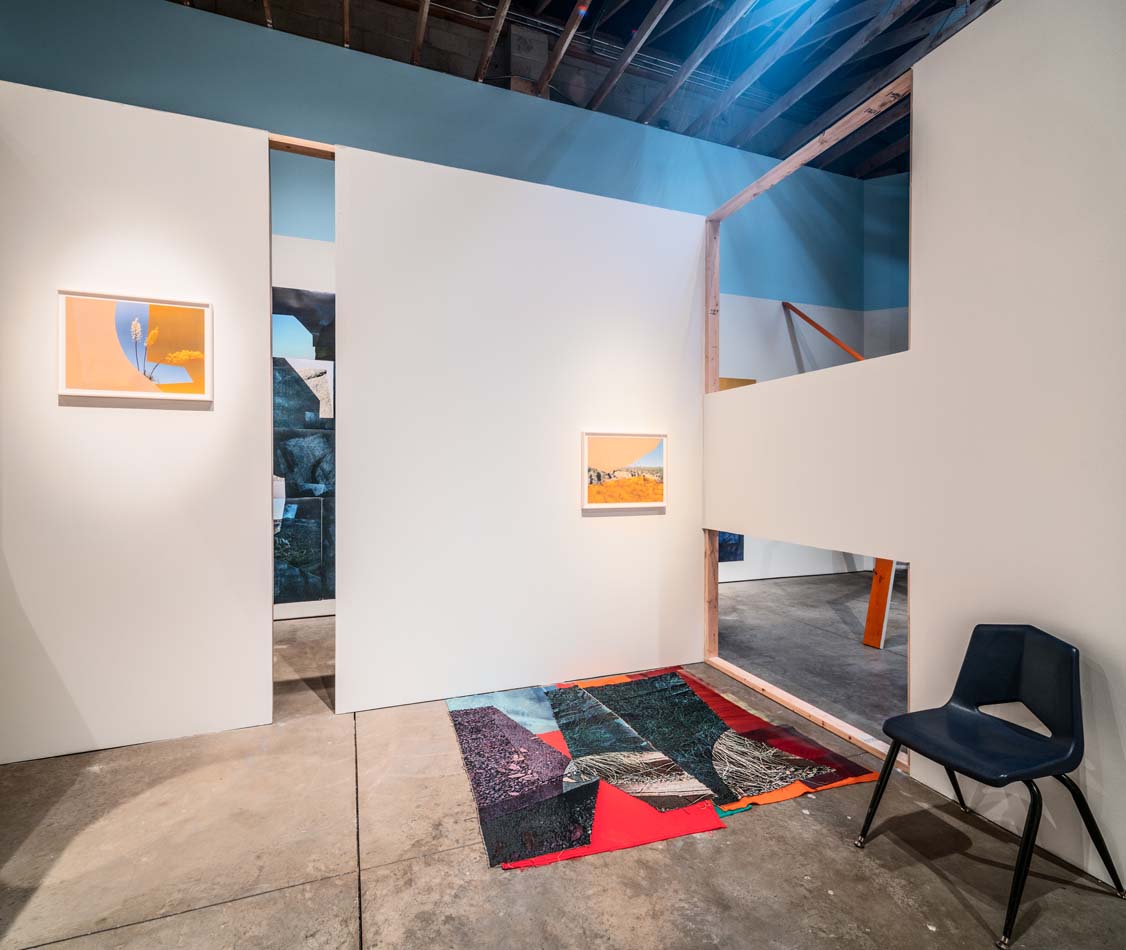
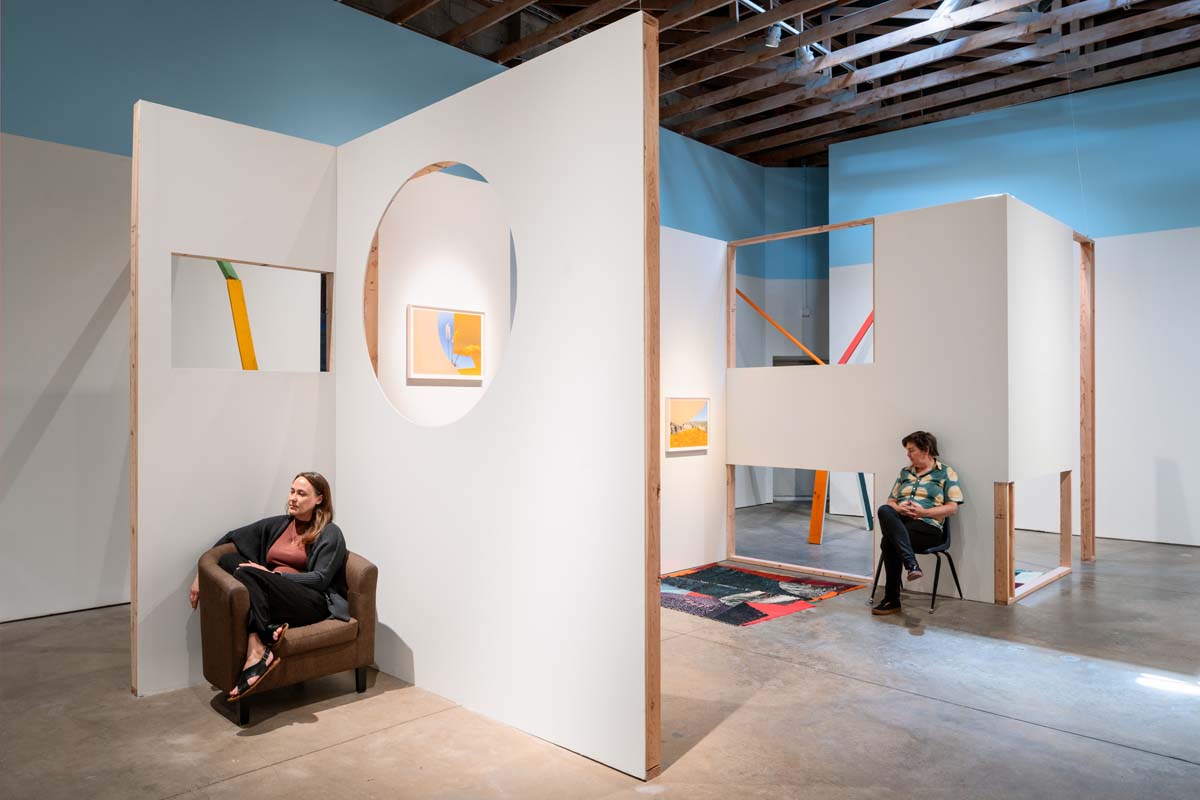
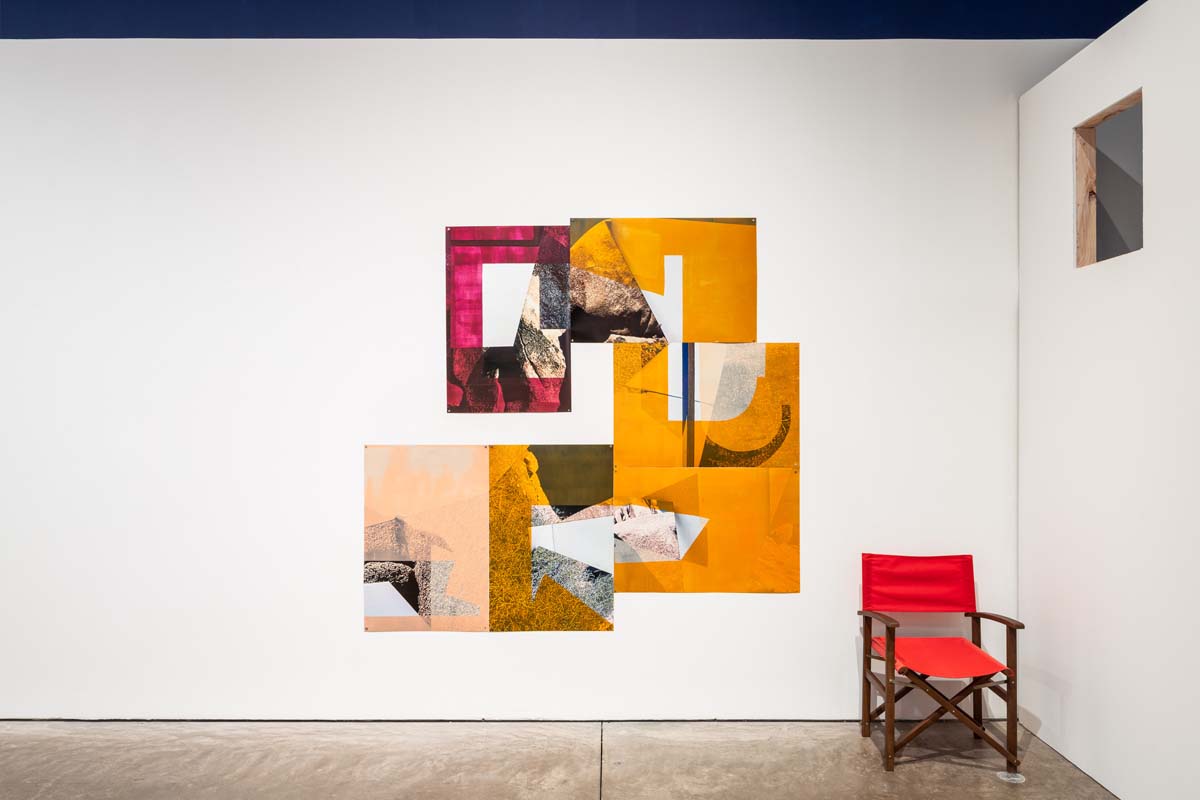
Correction 11/8/2024: In a previous version of the review the author quoted the didactic panels as if they were written by Lyle, when the exhibition texts were in fact written by SMoCA curator of contemporary art Lauren R. O’Connell. The text has been updated to reflect this.

